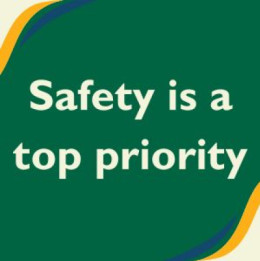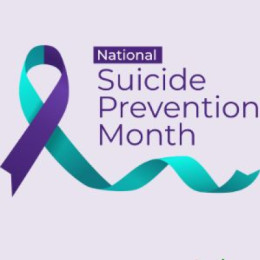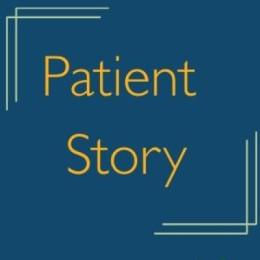Posted On: September 3, 2021 by Community HealthCare System in: News
Kansas citizens have heard a steady drumbeat of news related to the recent COVID-19 surge and stress on hospitals. The problem may seem distant and confined to large hospitals in Kansas City, Topeka, or Wichita, but rural hospitals are also feeling the effects.
Community HealthCare System has experienced a number of problems. According to Chief Nursing Officer Mindy Olberding, Onaga Community Hospital has not only seen an increase in the number of COVID-19 inpatients, but also has encountered challenges in transferring stroke and cardiac patients since the beginning of August. As a critical access hospital, Onaga Community Hospital typically works to stabilize these patients and transfer them as soon as possible, as getting the proper treatment in a short period of time is paramount to better outcomes for patients. Time has not been on the hospital’s side in recent weeks.
“Finding a bed for one stroke patient took more than three hours,” Olberding said.
In another case, CHCS was unable to transfer a critical patient to an intensive care unit, or ICU, for multiple days. The closest available beds were in Idaho and Chicago, and although the Chicago hospital accepted the patient, ground transportation for the patient and questions about transportation back home and hardship for family members led the hospital to retain the patient. The patient was on the verge of needing a ventilator and required a much higher level of care than Onaga Community Hospital nurses were used to providing.
Through the efforts of the patient’s care team, the patient improved and was eventually discharged, but the situation caused stress among staff.
“The stress level is heightened exponentially,” Olberding said. “Nurses begin to become worried about that next thing that might come into the ER that they can’t help or transfer out, plus the ripple effect that causes to take care of a higher acuity patient and questions about where the staff will come from,” she said.
Onaga Hospital is staffed with three to four nurses a day to care for patients on the hospital floor and provide ER coverage. The hospital does not staff at levels adequate to provide one-on-one care to patients. Although Olberding can call in more nurses on occasion, the hospital’s pool of available nurses is not large enough to ensure coverage for patients who need ICU-level care.
Another issue is that nurses in critical access hospitals are not trained to provide ICU care for long periods of time. Olberding said she is doing what she can to prepare nurses to feel more comfortable.
“We want to save lives, so we are doing what we can to better prepare ourselves. We will set up equipment and get more familiar and do more training, but the only way to get someone really comfortable is to have ICU patients all the time,” Olberding said.
Community HealthCare System is taking other proactive steps. One is reaching out to larger hospitals to take patients and free up beds for higher acuity patients. Another is ramping up staffing to administer monoclonal antibodies in an effort to keep those who have tested positive for or been exposed to COVID-19 out of the hospital.
“We have administered close to 20 doses of REGEN-COV since August 1, and it’s been very successful in keeping people out of the hospital,” Olberding said.
The hospital was scheduled to administer another 8 doses of monoclonal antibodies on Friday, September 3, and is preparing to meet more demand for the treatment.
Despite this bright spot and some relief from the relaunch of Mission Control, an interface that helps hospitals find beds for patients who need to be transferred, Olberding said the stress is wearing.
“When there are no ICU beds in 11 states, it’s a really difficult time,” she said. “I have two farmers in my family, and I pray they don’t have an accident right now, because I just don’t know what will happen.”
CHCS CEO Todd Willert echoed Olberding’s worry and urged everyone to take the situation seriously.
“There is a very real possibility that we may not be able to find an appropriate level of care via transport in time to save a critical patient regardless of whether they have COVID-19, and the situation is directly related to the current wave of COVID cases in unvaccinated individuals who are being admitted to hospitals we would typically transfer to,” Willert said.
“The best way to mitigate risk of needing hospitalization because of COVID-19 – and thus the best way to open hospital beds for patients with other needs – is through vaccination,” he said.











0 comments